(Review) Deliver Us The Moon
- Narukoopa
- Jul 2, 2021
- 4 min read
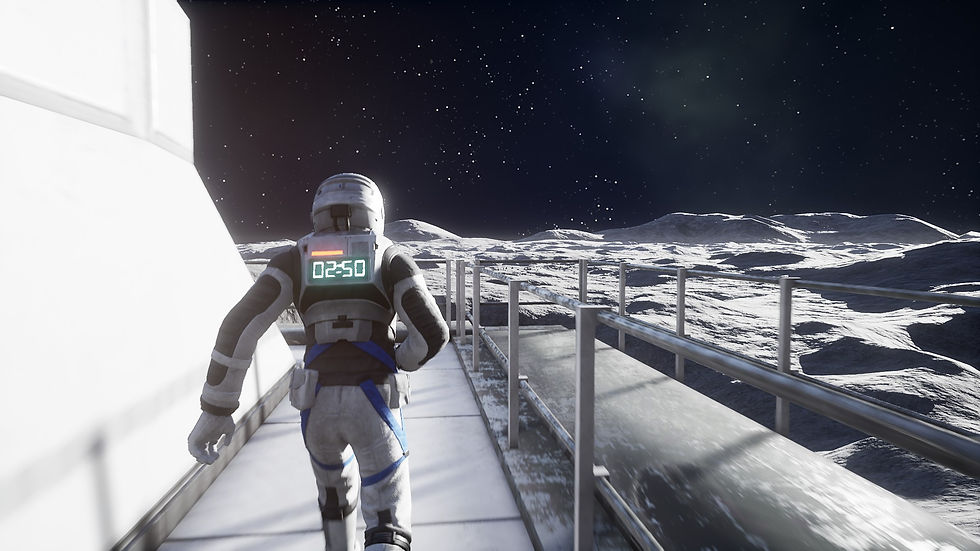
The Short Version:
Atmospheric, riveting, immersive and remarkable. Those are a few words I would use to describe Deliver Us The Moon. An engrossing narrative, combined with polished gameplay mechanics and a high attention to detail, make this a must have for sci-fi fans, as well as those simply looking for a good story.
The only major caveat is the steep price tag. It’s too much for the relatively short experience that comes with it. If, however, you’re willing to make the investment, you’ll be in for a ride that will stick with you after its conclusion.
Pros:
Excellent atmosphere
Gripping story, accompanied by an intriguing setting
Simple yet effective gameplay mechanics
Superb sound design
Meticulously detailed environments
Cons:
Too short for the price tag
A few wonky animations
My Rating: 9.4/10 - Exceptional
Humanity’s Last Hope
Deliver Us The Moon is a cinematic, sci-fi epic that takes place in the late 2050s. The world has been brought to its knees. Climate change, combined with the depletion of the planet’s resources, has seen humanity reach out to the moon after the discovery of a new energy source.
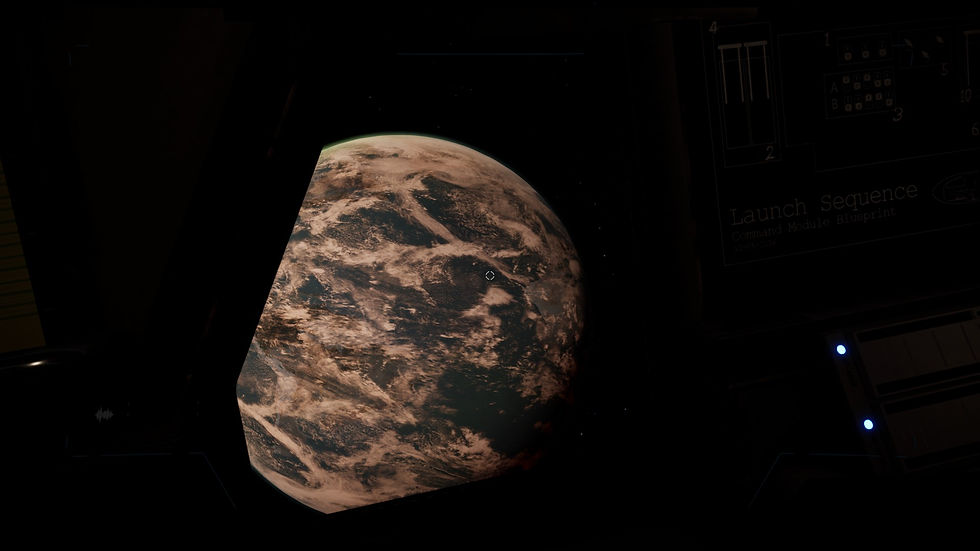
Exploitation of this discovery began with the construction of a unique facility that’s capable of transmitting this energy back to Earth through a machine known as the MPT. The operation was a success and gave the planet a lifeline.
Then, one day, the power went out. Connection to the MPT was lost, and with no way of sending a team to investigate, nothing could be done. However, a small group of people chose not to give up, and after a few years, they were able to act. You play as one of those people: a lone astronaut whose task is to travel to the moon, fix the MPT, and find out what happened all those years ago.
Deliver Us The Moon has a very strong introduction that showcases how things can go wrong at any moment. You are almost immediately thrown into an intense, dangerous situation as you desperately launch yourself off the Earth’s surface before an incoming sandstorm rips everything to shreds.
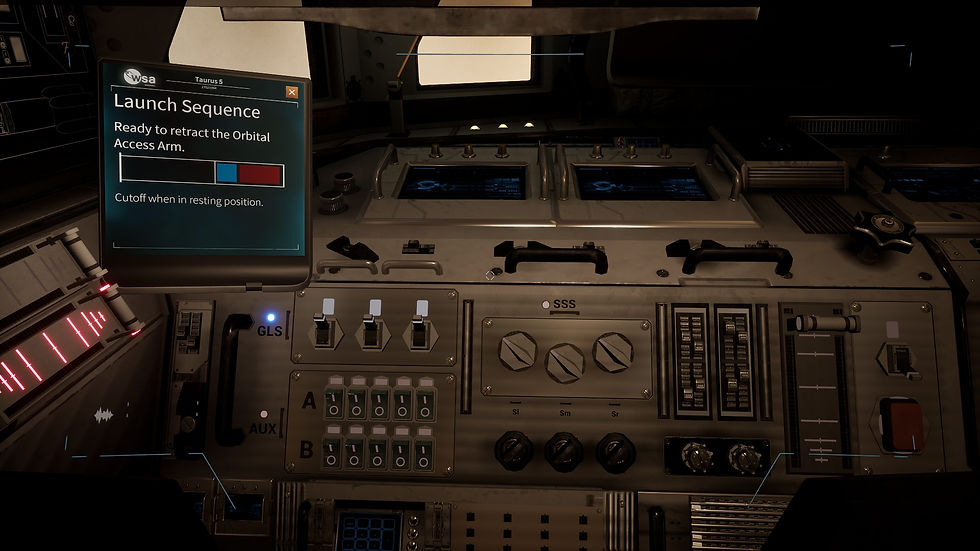
Thanks to this strong pacing, the narrative had me invested from start to finish. There was a perfect balance between the mild, almost peaceful moments and the high-stakes scenarios that have you fight for your life. It never got stale, as each location I traveled to untangled a thread in the mystery. All of this led to a satisfying conclusion that wrapped things up nicely.
Immersion through Authenticity
While you spend most of your time on the moon, the early portions of the game take place elsewhere. As mentioned before, you start on Earth; however, you quickly leave and travel to a space station orbiting the moon. It’s here where you get to experience playing with no gravity, relying on jet boosters. I loved this part because of how uniquely challenging it was to be weightless and navigate without a proper sense of up or down.
Not long after, you make it to the moon. Despite being abandoned, the base is filled to the brim with detail that helps emit a haunting atmosphere. You are a lone explorer in this mission, so seeing empty crew quarters that still contain belongings, workshops that are still filled with tools, or offices housing various blueprints and plans gives you a sense of unease, whilst also telling the story of what happened before everything went wrong.
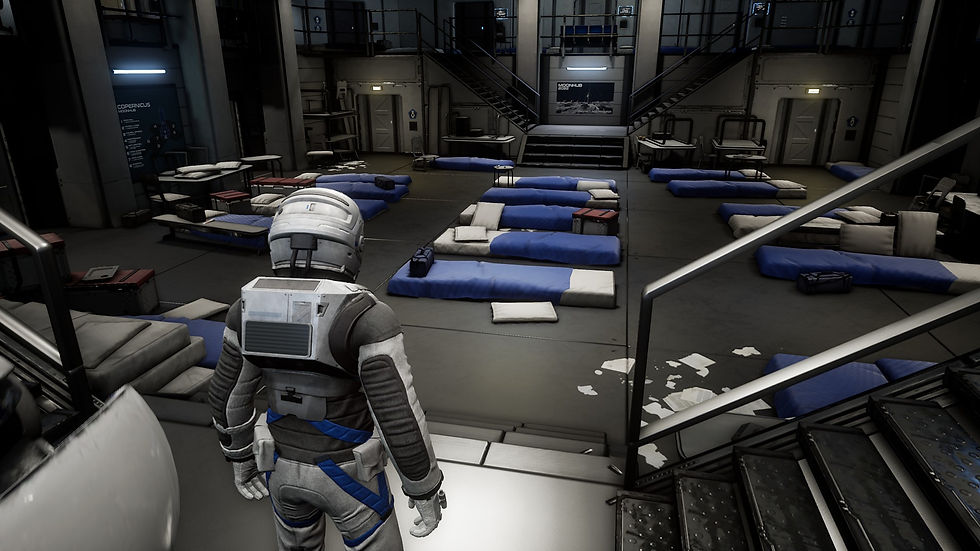
It’s worth noting that the game is gorgeous to look at. Support for ray-tracing is available, something that I don’t have the hardware to use, but even without it, the visuals are impressive. There are plenty of opportunities to take photos here. It’s a shame there isn’t a photo mode.
Another area that deserves special praise is the sound design that adds to the immersion. Even the little details, such as audio becoming muffled in depressurised environments, or the only source of sound originating from vibrations, can make the experience feel as authentic as it is captivating. The music does a good job too, setting the right tone for each encounter.
Uncovering the Secrets of the Moon
Since you’re on your own, there isn’t much in the way of action. This isn’t the kind of game where you go in guns blazing and solve problems through brute force. You have to investigate, observe your surroundings, and make your own assessments.
The gameplay as a whole has a simple yet effective quality to it. It does this whilst avoiding the risk of repetition. Each section introduces something new, whether it’s through a change of camera perspective, a laser tool that can create new pathways, a vehicle that allows you to drive on the moon’s surface or a robot companion that can be remote-controlled.

On top of this, depending on how engrossed you are in the world building, each level contains points of interest that’ll give you further insight into what happened before you arrived. This information is presented to you in three ways: scannable objects, audio logs, and holographic recordings. Building up this codex is completely optional, but for me, it added an extra layer to both the gameplay and the narrative.
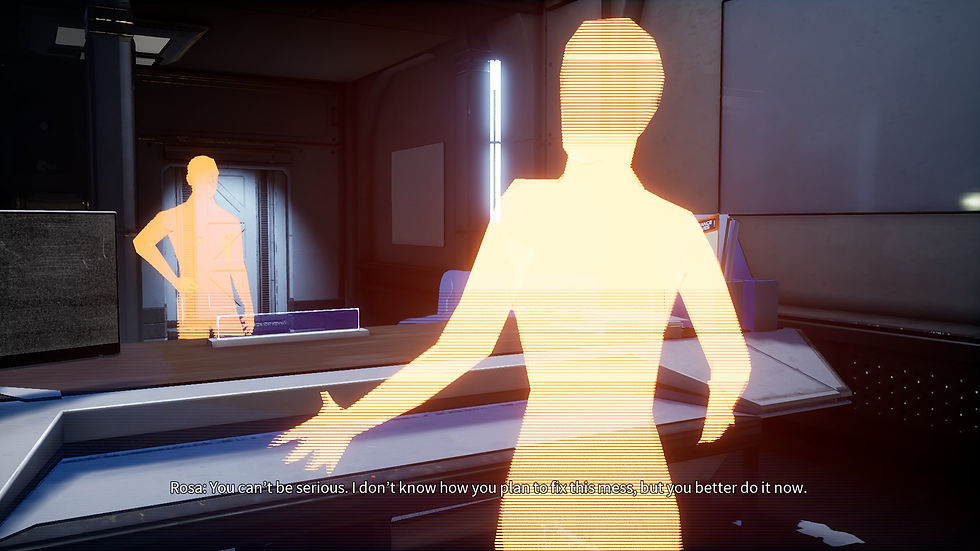
If I had to nitpick, I’d say that a few of the animations look a bit stiff, especially movement related ones, but it didn’t detract too much for me, as they aren’t massively noticeable anyway.
Is this a walking simulator? Sort of, but thanks to the way it varies things up, it never felt mundane. The only significant complaint I have is the game’s length, in correlation to the price tag. I’m happy with the way it concluded: it didn’t go on for too long, and it wasn’t too short. The price, however, isn’t justified. It may be an exceptional product, but the cost is simply asking too much.

Playtime:
I managed to complete Deliver Us The Moon in six hours with a codex that was so close to being 100% complete. Unless you want to go back and collect every entry using the level selector, there isn’t any replay value.
Technical Details:
My PC Specs: Operating System: Windows 10 Processor (CPU): Intel Core i7-6700k Graphics Card (GPU): Nvidia GeForce GTX 1070 Memory (RAM): 16GB Performance: For the majority of the time I had a consistent 60FPS. I did experience the occasional frame rate stutter, which could bring it down about 20 frames, but apart from that, the optimisation is solid.




Comments